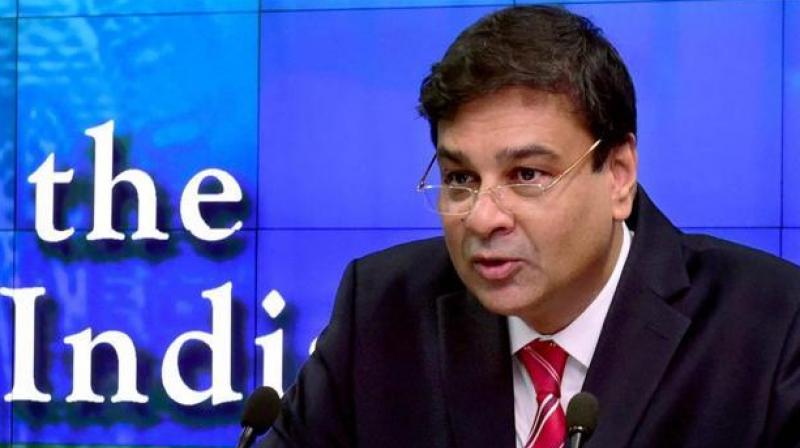Less talk and more work? Urjit Patel completes 1 year as RBI Governor
Dr Patel took over the Reserve Bank of India (RBI) office as the 24th Governor on September 4, 2016.

Mumbai: From battling demonetisation to handling questions regarding RBI’s autonomy, it has been quite a year for Raghuram Rajan’s ‘Inflation Warrior’ Urjit Patel since he took over as the Governor of the central bank in September last year.
Considered the government’s ‘insider candidate’, Dr Patel took over the Reserve Bank of India (RBI) office as the 24th Governor on September 4, 2016. Patel had been overseeing the monetary policy of the central bank prior to this.
Patel joined the central bank at a time when India was taking steady steps as a fast-growing economy under Prime Minister Narendra Modi. According to GDP data, the economy was growing at a pace of 7.1 per cent in the first quarter of fiscal 2017 when Patel took office, but a year later, it has slumped to 5.7 per cent.
Handling demonetisation
Confidence in Patel’s leadership was tested when Modi demonetisation announcement shook the nation by scrapping 86 per cent of India’s currency in use – Rs 500 and Rs 1000 notes – overnight.
While the government and its agencies campaigned the move as Modi’s ‘war against black money’ and ‘step towards Digital India’, the RBI kept slipping into a shadow. Patel’s low-lying presence was interpreted as the RBI coping with the ruling government’s radical plans and actions.
Many even demanded Patel’s resignation. In fact, on numerous occasions in the months following demonetisation, he declined to comment on the amount of demonetised currency that had returned to the banking system.
It was only in August this year that the RBI finally said that 99 per cent of the scrapped notes are back with RBI. The RBI and the government have been facing criticism ever since as it was disclosed that the RBI spent more money in printing new Rs 500 and Rs 2000 notes than what was recovered in old notes.
Rajan’s ‘Inflation Warrior’
Leaving aside demonetisation, Patel has remained true to Rajan’s ‘control inflation’ school of thought. As the head of the autonomous Monetary Policy Committee (MPC), he has succeeded in keeping headline inflation under the 4 per cent benchmark. In fact, retail inflation in June went as low as 1.54 per cent.
Moreover, the MPC, under him, refused to toe the government’s line on slashing interest rates. It did not bow down to industry pressure and kept a hawkish stance till August, when the dip in inflation prompted it to cut repo rate by 25 bps. Even then, the MPC and Patel have been mocked by many experts for not slashing rates more aggressively.
In putting his foot down as far as inflation and lending rates were concerned, it was believed that Patel even declined an invitation from the Finance Ministry before the June MPC meet.
The RBI, under Patel, battled rumours and criticism of all extremes, and its autonomy as the apex body for handling monetary policy was also questioned.
Patel’s low-key presence: Less talk, more work?
Patel has maintained a low-profile appearance in comparison to his predecessor Rajan, who was extremely vocal about economic as well as social issues. However, he has not hesitated from publicly expressing his concerns regarding farm loan waivers at a time when it was declared in states like Uttar Pradesh, Maharashtra and Punjab. Terming farm loan waiver as a ‘quick fix’, he has time and again outlined the various risks it could pose to the economy.
Patel has also been spearheading the fight against bad loans that saddle the economy, even as many believe that the Modi government has been protecting the corporate houses. Under him, the RBI ordered lenders to carry out insolvency proceedings against 12 loan defaulters and encouraged banks to take deeper haircuts.

